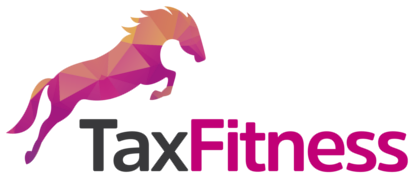Taxfitness reports will spell out the benefits. Benefits sell.
Our software will produce outstanding reports for:
- Tax planning
- Business advisory (+ benchmarking)
Reports play a crucial role in service delivery – providing credibility, factual information, benefits and savings, costs and transparency. (You can’t build a house without a house plan. Nor can you provide tax planning without a properly crafted tax plan).
Add to this other marketing concepts and you can significantly encourage uptake.
Choose the right TaxFitness subscription and you have access to extensive material and support to accompany our reporting software.
Understanding that marketing of consultancy services is different
It is important to remember that these services are consultancy services (not compliance services). With compliance services the client typically must complete an action that they usually know of anyway, like a tax return or a BAS. They know there are penalties if they don’t. This means they usually directly ask their accountant for the service to be completed.
Consultancy services instead work the other way around and rely on you as their accounting or tax expert to speak up. The definition of consultancy being, ‘a professional practice that gives expert advice within a particular field’. This means you lead the way. We can help you.
Why penalise your client?
If you do not provide valuable consultancy advice, clients may ultimately leave and find a practitioner who does provide the advice and support. Why? Because they are being penalised (paying too much tax, missing out on wealth creation opportunities, reduced profitability and a whole array of detrimental outcomes). So penalties do exist for both compliance services and consultancy services not being completed. In fact the penalties through missed savings and opportunities from not providing consultancy services is usually profoundly greater and continues to increase over time.


The TaxFitness platform has marketing covered
Being able to bring the puzzle pieces together and make your clients aware of just how significant and rewarding the benefits of tax planning and business advisory (+benchmarking) services are gets down to you. We can show you how to channel your client contact opportunities, communication style, content and promotional material to drive these services showcasing remarkable benefits not to be missed.
This includes:
- Being able to start a conversation with a client about tax planning options available to them.
- Understanding what data to collect and how.
Producing reports (using our software) and then being able to present and discuss the report with the client. - Understanding that the emotional side of benefits lock in services and how to identify these.
- Sending emails to your client base that drive key messages for tax planning or business advisory (+ benchmarking).
- Understanding that the term ‘tax planning’ is jargon and that your client is far more likely to use other terms and phrases to express their interest and knowing these is advantageous.
- General marketing material that is concise and targeted. Client education is an important part of the process.
- How to charge for the service confidently (this is part of marketability).
Online – explore and learn:
With an Annual or Annual Premium subscription you will have access to our software plus marketing content, checklists, manuals and templates to pave the way into educating, informing and capturing the interest of your clients.
We also provide guided training courses by a human using Zoom.
